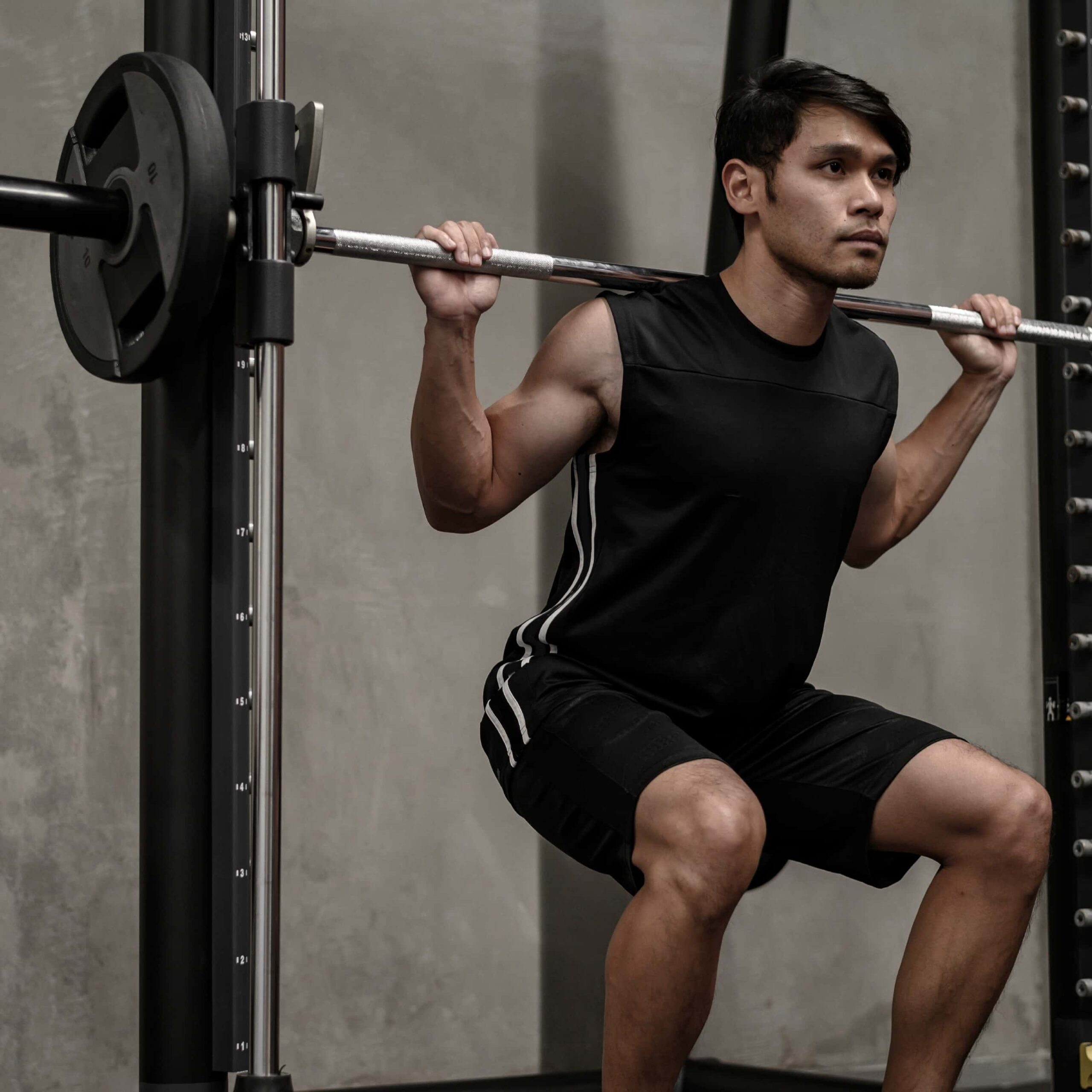Exercise for Everyone: How to Exercise with Arthritis
2nd Dec 19

Arthritis is extremely well known for wreaking havoc on your joints, and it causes huge problems for millions of people across the world, including with their exercise. It causes extreme pain in some cases, and for others, movement is just not an option. Making exercising with arthritis difficult.
Because of all this, arthritis is the reason for many people becoming less active. The pain that comes with exercising regularly and properly is nightmarish. Even on top of that, the importance of the exercise in the first place seems to be forgotten too in some cases, which can be just as bad. Nevertheless, it’s pivotal to a healthy life and even reducing symptoms.
Want to move fast? Jump to the right section below.
What Can Be Done About It?
Three main types of exercise need to be considered when it comes to exercising with arthritis. They’re all extremely valuable to everyone, no matter where the arthritis is inflicting. They help in their own unique way, and all of it adds up to help with your health.
With the right exercises, you can improve:
- Flexibility
- Mobility
- Stability
- Pain infliction
- Damage reversal
- Surgery prevention
Many of these exercises can help keep you active in the long term and even reverse some of the damage done by arthritis as far as preventing surgery if that is going to be the case in the future. It’s pretty miraculous!
Let’s go into more depth:
Flexibility

The first type of exercise we’ll look at is aimed at improving flexibility. This is possibly the lowest impact and the easiest exercise to do, and it can be one of the most helpful if done right.
As arthritis continues to cause excessive damage to your joints, flexibility becomes more and more of a challenge. That usually results in a limited range of movement and even more pain as time goes on. Performing exercises that use the full range of motion of the affected areas can not only maintain their current flexibility but also help improve it in the long run!
Exercises that use this full motion range don’t have to be anything dramatic either. We’re not suggesting you go for a run every day or anything like that (although it’s not a bad thing to do some days). Instead, a good stretching routine is an excellent way to do it. Find stretches for the affected area and work from there. There are many out there to choose; just find the best fit.
Endurance

The second type of exercise recommended for arthritis is endurance-based exercise. This isn’t training for a marathon, a triathlon, or anything like that. Instead, find more simplistic cardiovascular exercises a few times a week. Walking, hiking, or even stepping can be good ways to do it (as a form of LISS – see here for more). Water aerobics is incredible as well!
This type of exercise for arthritis is essential to keep your heart and lungs in good condition. It helps maintain healthy organs and can be an awesome way to prevent and manage other things. There aren’t many bad points to it!
More aerobic exercise also means that more calories are used in a day, making it easier to maintain a healthy weight, which is crucial in reducing the pressure applied to your joints because of the extra weight. That alone can help with some of the pain in many cases. (It can even help sleep too, which is another factor of a healthy lifestyle and healthier body all around).
These benefits are generally applied to everyone across the board, no matter what their current fitness levels. Of course, the ideal amount of this type of exercise does differ slightly from person to person, but generally speaking, around 150 minutes a week spent doing moderate exercise is adequate for maintaining good health.
Strength

Lastly, we’ll take a look at strength training. This is one of the best ways to protect everything from your bones and joints to your mental well-being, but let’s stick to how strength exercising can help arthritis for the time being!
On top of maintaining good health in general, weight training for arthritis is an incredibly effective way to improve muscle mass (which we’ll come onto), as well as stability that protects joints, reduces the risk of injury from falls and knocks, and improves bone density which can all work to help your arthritis in the long and the short term.
Even more specifically, the increased support that extra muscle offers to afflicted joints helps arthritis more than anything else. This weight loss is a great way to reduce the pressure on your joints and manage the pressure that’s still there too. It also acts as a cushion for your joints, which all come together to help.

What To Do Now
Overall, exercise is advised to everyone who is physically able to do it. However, everyone has different needs and capabilities, and it just depends on what works best for you as an individual.
Exercise for disabling diseases such as arthritis can be drastically harder, so it’s essential to consult a medical professional to find out what may work best for you. It’s different for everyone, and you need a workout routine perfect for you. That’s something only a medical professional would be able to advise.
Further Information:
www.arthritis.org/living-with-arthritis/exercise/benefits/osteoarthritis-exercise.php
www.nhs.uk/conditions/arthritis/living-with/

Before beginning any exercise or nutrition program, consult your physician, doctor or other professional. This is especially important for individuals over the age of 35 or persons with pre-existing health problems. Exercise.co.uk assumes no responsibility for personal injury or property damage sustained using our advice.
If you experience dizziness, nausea, chest pain, or any other abnormal symptoms, stop the workout at once and consult a physician or doctor immediately.









